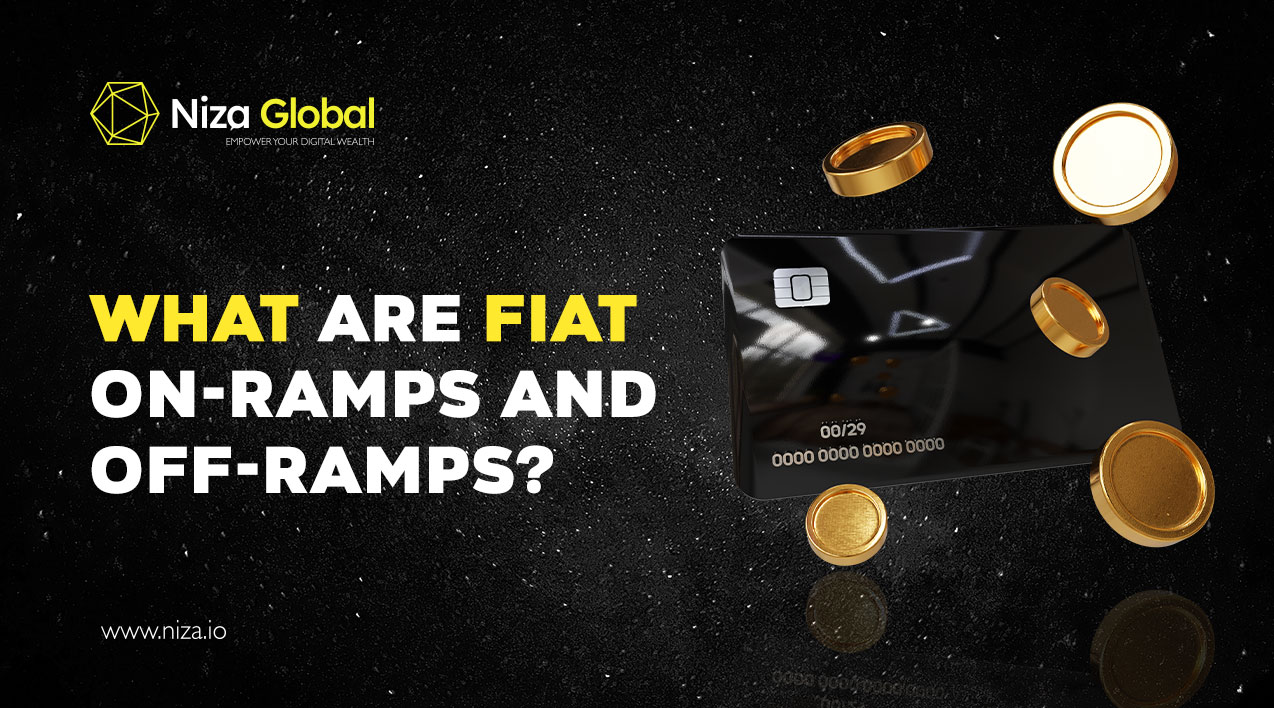Fiat on-ramps and off-ramps are essential services that enable the exchange of fiat currencies for cryptocurrencies and vice versa. They serve as crucial gateways that connect the traditional financial system with the digital asset economy, making cryptocurrency more accessible to a broader audience. Understanding these mechanisms can help users navigate the crypto ecosystem with greater confidence.
Understanding Fiat On-Ramps and Off-Ramps
Fiat on-ramps and off-ramps refer to the processes that facilitate the conversion between traditional government-issued money, such as US dollars or euros, and cryptocurrencies like Bitcoin and Ethereum. These services provide a seamless transition between conventional finance and the decentralized world of blockchain-based assets.
The Role of Fiat On-Ramps
A fiat on-ramp allows individuals to purchase cryptocurrencies using fiat money. Since most people still primarily use fiat currency for transactions, on-ramps play a crucial role in onboarding new users into the crypto space.
By simplifying the process of acquiring digital assets, on-ramps enhance adoption and usability. Platforms offering these services typically include centralized exchanges, crypto wallets with built-in purchasing options, and financial service providers that support crypto transactions.
The Importance of Fiat Off-Ramps
Conversely, a fiat off-ramp enables users to convert their cryptocurrency holdings back into fiat currency. While on-ramps facilitate entry into the crypto market, off-ramps provide a way out, ensuring liquidity and flexibility for users who wish to cash out their digital assets.
Off-ramps are particularly valuable for users who need to convert crypto profits into spendable cash, whether for everyday expenses or investment diversification. They are also instrumental in decentralized finance (DeFi), allowing users to move between digital and traditional financial systems as needed.
Types of Fiat On-Ramps and Off-Ramps
Several types of services facilitate the movement between fiat and cryptocurrencies, each catering to different user preferences and needs:
- Cryptocurrency Exchanges: Centralized platforms such as Binance, Coinbase, and Kraken allow users to buy and sell cryptocurrencies using fiat money. These platforms typically offer user-friendly interfaces and a variety of trading options.
- Peer-to-Peer (P2P) Marketplaces: Platforms like LocalBitcoins and Paxful connect buyers and sellers directly, enabling crypto transactions without intermediaries.
- Brokerage Services: Some financial institutions and fintech companies offer brokerage services, making it easier for users to purchase crypto through familiar financial channels.
- Payment Processors: Services like PayPal and Stripe now support crypto transactions, enabling merchants to accept cryptocurrency payments while allowing users to convert their digital assets into fiat.
The Cryptocurrency Highway
The concepts of on-ramps and off-ramps can be compared to a highway, where users can seamlessly enter or exit the crypto space at any time. Just as highways connect different locations, these financial gateways connect traditional banking systems with the decentralized world of cryptocurrencies.
By understanding how fiat on-ramps and off-ramps work, users can make informed decisions about managing their digital assets and engaging with the evolving financial landscape.


